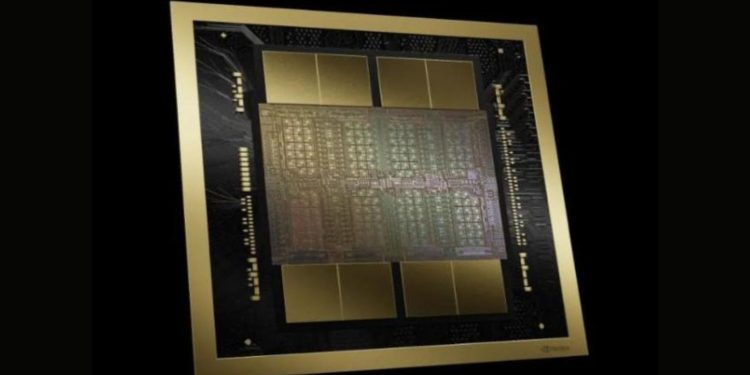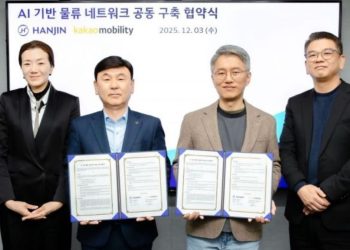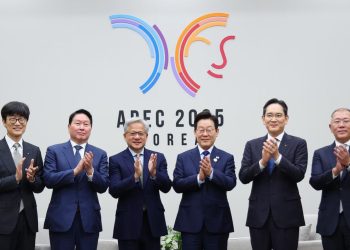South Korea’s Ministry of Science and ICT (MSIT) has chosen Naver Cloud, NHN Cloud, and Kakao as key partners for a large-scale GPU procurement initiative to boost the nation’s AI computing capabilities. The government will invest approximately KRW 1.46 trillion (around USD 1.1 billion) to acquire 13,000 high-performance graphics processing units (GPUs) as part of the country’s effort to expand its domestic artificial intelligence infrastructure.
According to the ministry, the GPUs to be procured include 10,080 NVIDIA B200 units and 3,056 H200 units, which will be distributed across the three cloud service providers. This project is part of South Korea’s broader strategy to reduce reliance on overseas computing resources, accelerate AI innovation, and strengthen the competitiveness of local technology companies in the rapidly growing AI sector.
The initiative is designed to meet the rising demand for high-performance computing in South Korea’s research, industrial, and academic sectors. Following the allocation of a supplementary budget in May, the Ministry of Science and ICT conducted a month-long selection process that involved public bidding, proposal assessments, and on-site inspections before finalizing Naver Cloud, NHN Cloud, and Kakao as the project operators.
Over 10,000 GPUs will be allocated for government-led projects, with the remaining units supporting the operational needs of the three cloud providers. The ministry emphasized that these resources will primarily drive domestic AI research, large-scale model training, and national AI initiatives.
NHN Cloud will manage the largest allocation, securing 7,656 B200 units equipped with water-cooling systems to enhance thermal efficiency. Of these, 6,120 GPUs will be government-owned and organized into 510-node and 255-node clusters to support high-performance workloads. NHN Cloud expects to begin beta services within the year, offering early access to its computing resources for select projects.
Naver Cloud will oversee 3,056 H200 units, with 2,296 GPUs allocated to the government. These units will be deployed in 255-node and 32-node clusters, aimed at supporting universities and research institutions. Full-scale services are expected to be available by the end of the year, ensuring that academic and public research projects can access the high-performance infrastructure without delay.
Kakao will deploy 2,424 B200 GPUs, focusing on operational efficiency and supporting government-backed AI initiatives. Of these, 2,040 units will be government-operated in a single 255-node cluster. Similar to the other providers, Kakao plans to launch partial beta services before the end of the year, giving early access to developers and researchers involved in key projects.
To ensure efficient and equitable resource usage, the ministry and the cloud operators will create a unified GPU support platform. This online system will allow universities, research institutions, and industry players to apply for access, with allocations based on proposal evaluations and project priorities. Idle resources will be dynamically reassigned to waiting applicants, maximizing nationwide utilization of the new infrastructure.
Formal agreements with the selected operators and the commencement of procurement are scheduled for early August, with phased deployment expected to be completed by the end of 2025. Once fully operational, the clusters will underpin the government’s AI Foundation Model Project and other national initiatives. Minister Bae Kyung-hoon described the project as a “catalyst for Korea’s AI ecosystem,” emphasizing that the expansion of GPU resources marks the first step toward building an AI superhighway and establishing the country as a global AI leader.
Image credits: Nvidia







